In a world dominated by concrete jungles and exotic plants, the significance of native plants can be diminished. Native plants are sustainable; they save water and provide a habitat for pollinators, who are essential to the reproduction of flowering plants, from which most of our food sources are derived. However, despite these benefits, plant species known as “exotic plants” or plants that evolved in other parts of the world appear to be more popular across California.
Luckily, the Native Plant Socety (NPS) aims to fix this unbalance in biodiversity. To do so, however, they must tackle issues rooted deeply in our aesthetic preferences as a society.
“Going against cultural ideas of what beauty is and what that looks like when that translates into landscaping is a challenge for our club,” Mirabel Raphael (‘24) said, “Grass, for example, takes an enormous amount of water especially for a drought state like California. We are here for biodiversity.”
The club aims to promote native plants, and to educate people why they are important to the ecosystem, why they have cultural importance and how they promote them by planting and creating new plant gardens.
NPS’ impact on Webb is undeniable, but despite the generous administrative support, their mission is ongoing. NPS only recently established itself as a club, previously holding “society” status two years ago.
Another challenge NPS faces is the necessary manpower required to achieve agricultural change. Many hands are needed to clean the land and assist with planting and maintenance. The club tackles projects large and small, from helping Mr. Vincent, World Languages Department Faculty, incorporate native plants into his personal garden, to adding native plants across campus.
“Some projects have been taking on underdeveloped areas in Webb such as empty plots on Centennial Field and adding native plant pots in the library and in Alamo,” shares Aiperi Bush (‘24).
Moreover, students express an additional challenge of making the new plants fit into the existing landscape, which typically includes native plants such as Ceanothus, Globe Mallow, California Fuschia, California buckwheat, and Matilija Poppy. The plants already at Webb must be a good a fit with any additional native plant species member may want to add.
Although the club is young and faces logistical challenges, it has already made an indisputable impact on the Webb community.
“We have made the grounds more attractive by adding native plants that will, once established, thrive without too much external care and water,” says Mirabel Raphael (‘24)
NPS’ current project, however, is the one that garners the most appreciation. As of late, the Webb campus is undergoing massive renovations to the science building. The NPS was alerted to this opportunity to incorporate native plants into the renovation and did not hesitate.
To do so, club members and administration collaborated to create a broader sustainability plan. In part, this plan includes updating grassy areas and revisiting the “Sustainability Plan”, initially created in 2016, which serves as a base blueprint for the layout of some of Webb’s horticulture.
“Volunteers took out half the grass in front of museum and added in a new path. Half of the grass that got ripped out is being replaced by native landscaper bush,” Theresa Hu (‘24) said.
This project has been no small feat and cooperative collaboration made it possible. The Society reportedly had just three to four weeks to generate and finalize a plan.
Club members Aiperi Bush and Katharine O’ Hearn heralded the support and insight provided by Jared Hueck, Senior Fossil Preparator, and Janet Peddy, Director of Finance, Planning & Operations,
throughout current and past endeavors. The relationship with the Raymond Alf Museum has proven pivotal.
“Our connection with the museum allowed us to plant there,” Theresa said.
Museum staff Mr. Hueck and Dr. Andrew Farke, Director of the Raymond M. Alf Museum of Paleontology, teach members of the club about paleontological ethics, including the importance of continuity between past and present culture.
Webb sits on Tongva native land, which once belonged to the local indigenous Tongva tribe in the 1850’s before the U.S. senate denied treaties acknowledging their land claim. As such, Webb’s NPS promotes biodiversity at Webb and strives to preserve the cultural heritage inherent in roots of Native Plants.
This is why it is of the utmost importance that NPS’ mission is communicated with the rest of campus. Ignorance of what land or plant species one is surrounded by is not acceptable, especially with so many resources available to learn from.


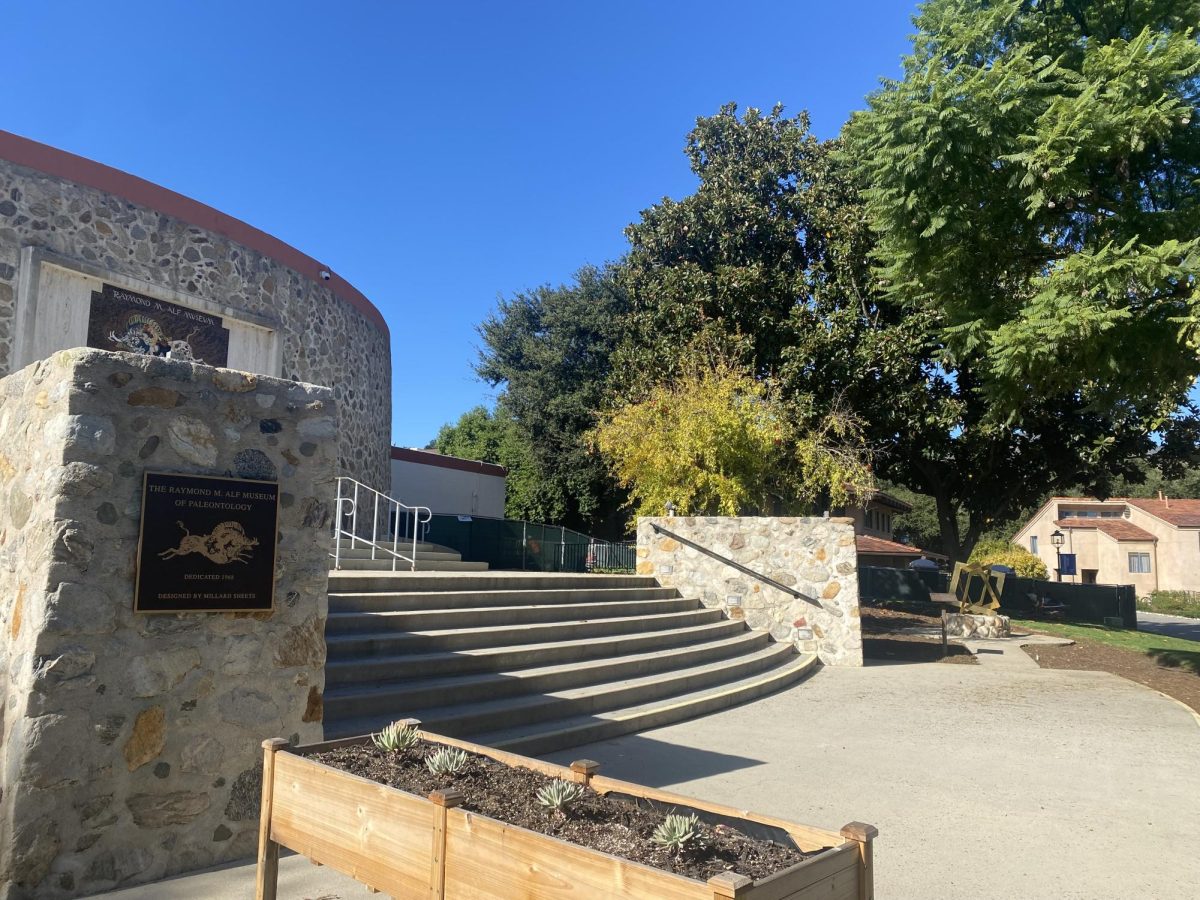

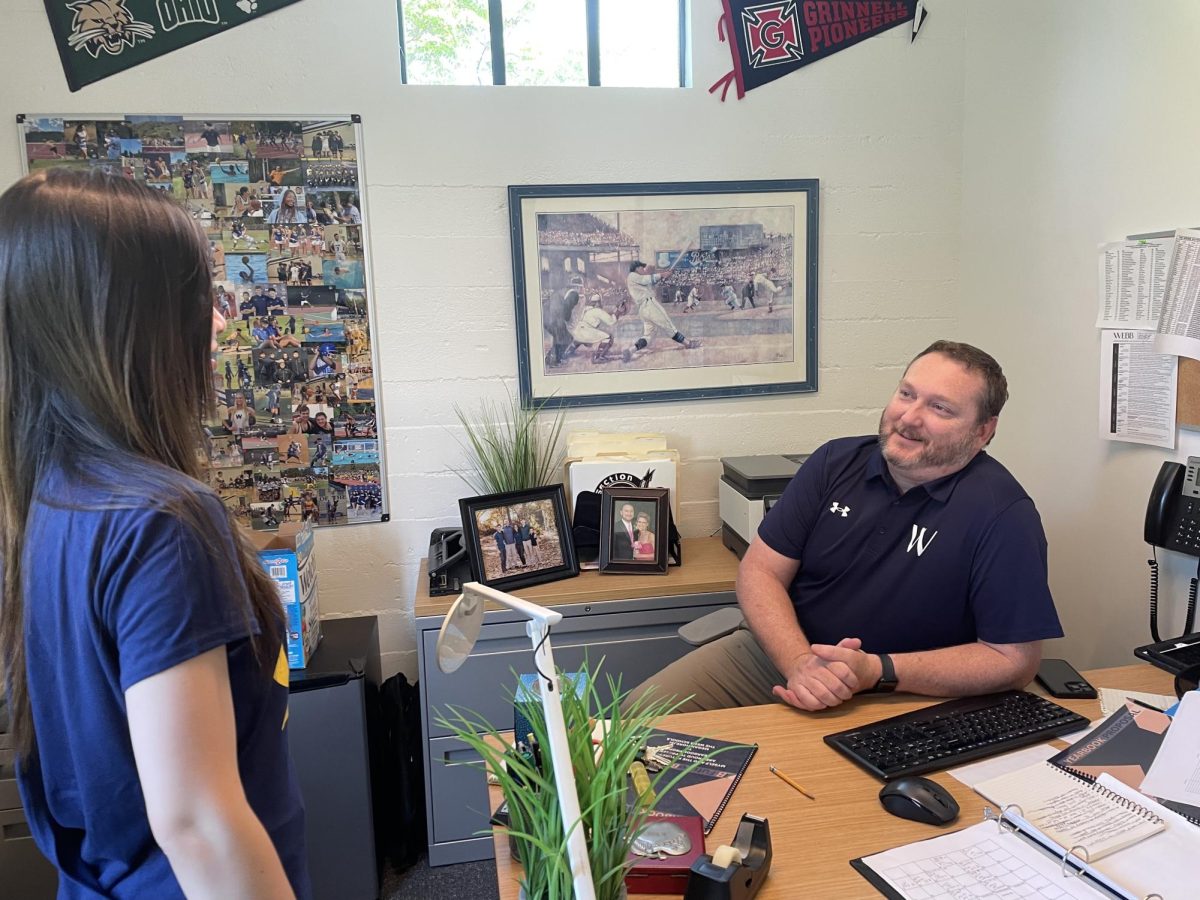
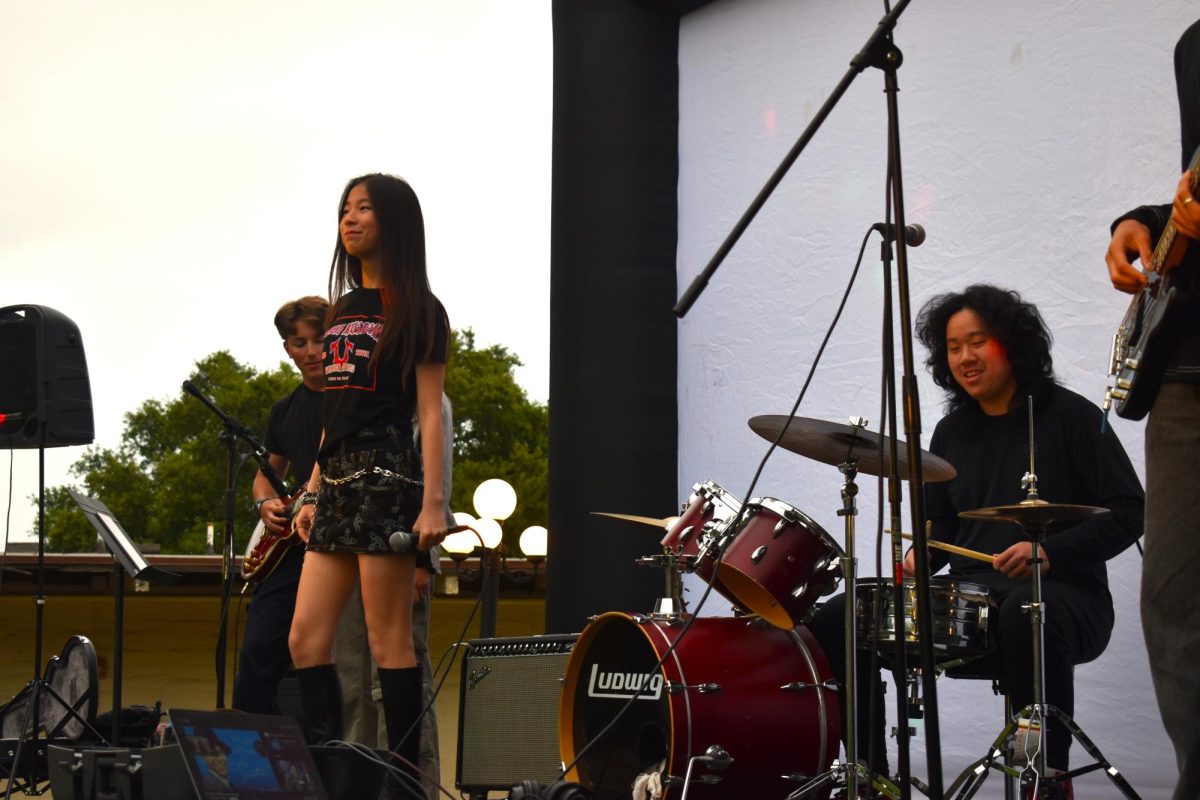
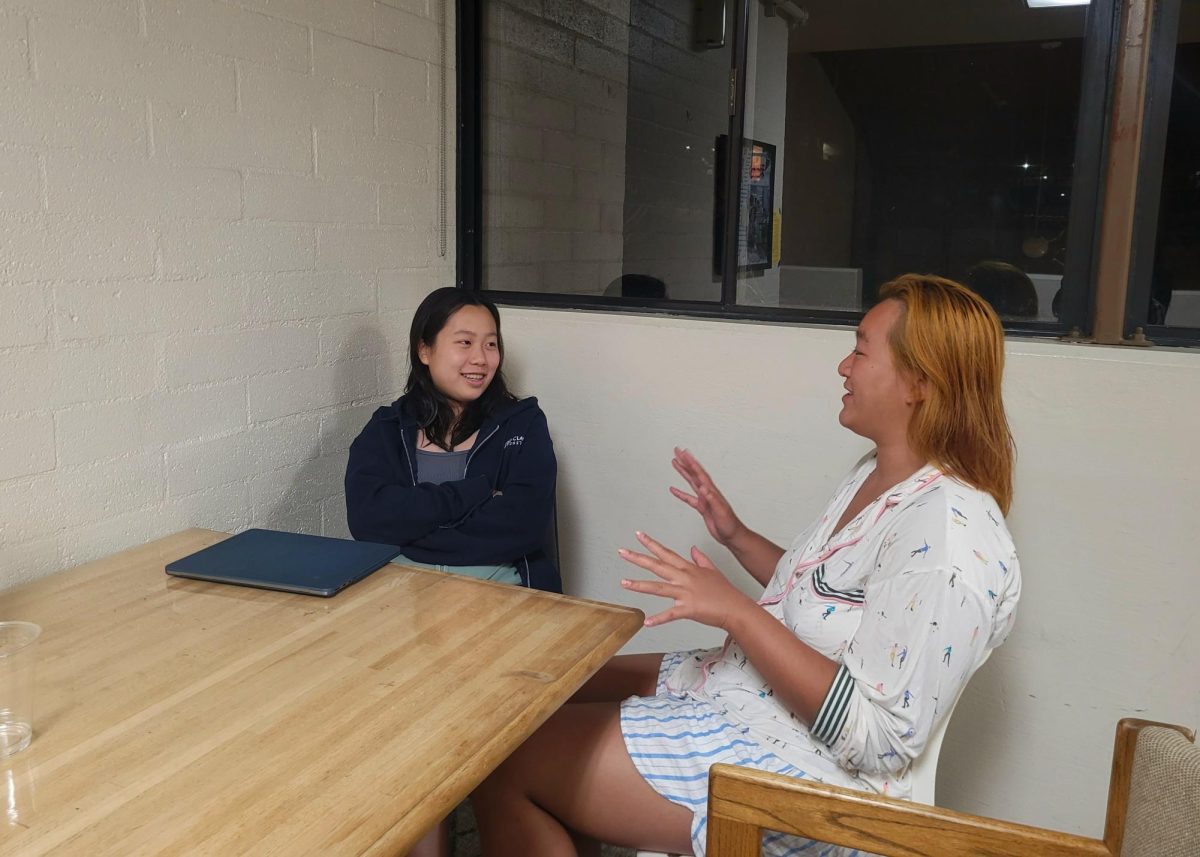


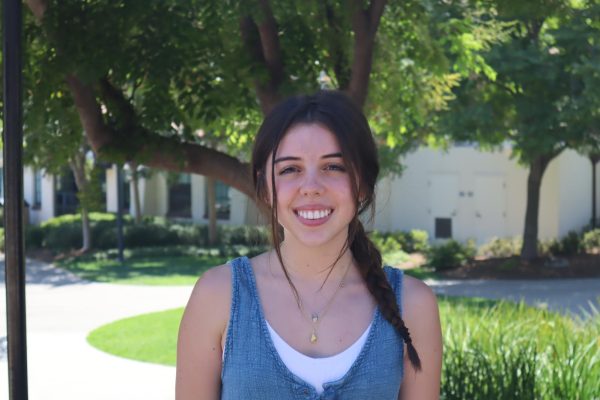
Christy | Dec 14, 2023 at 6:54 AM
Great article! Thanks!